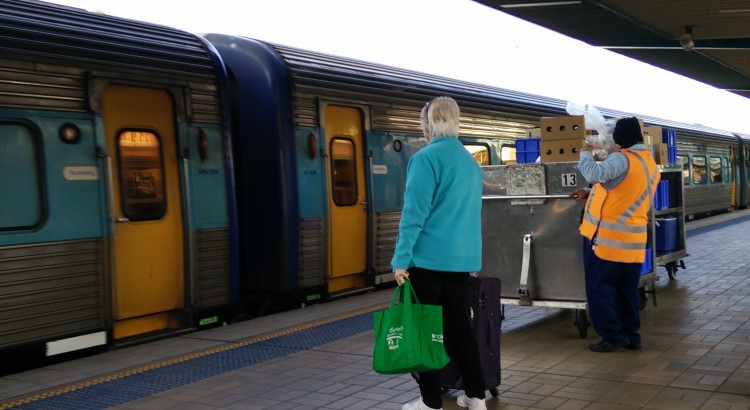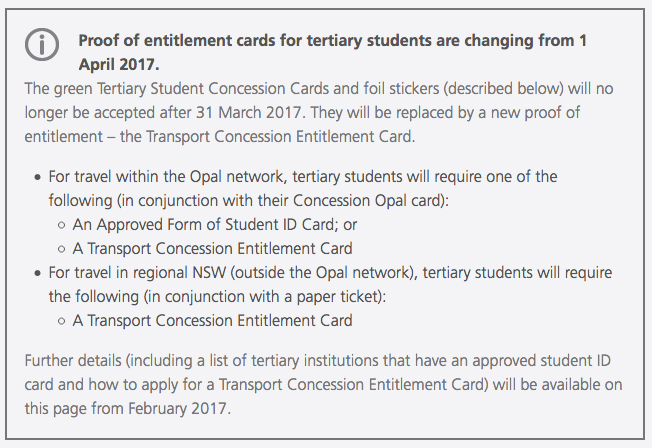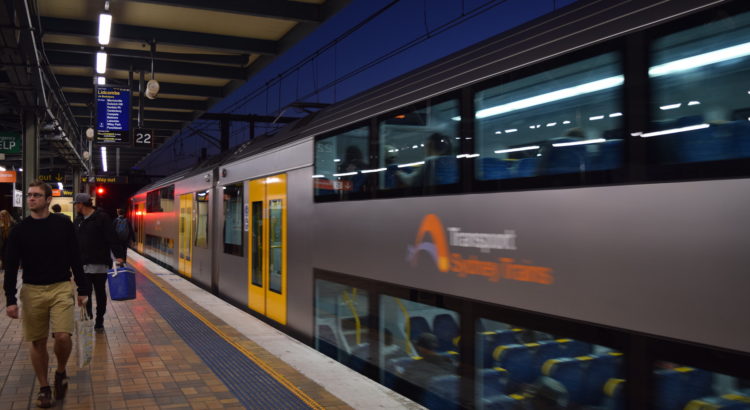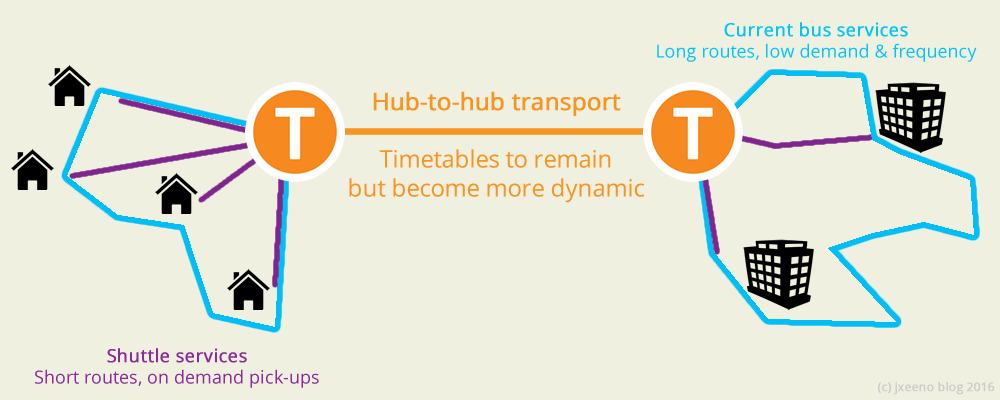Update (26th November 2016): NSW TrainLink reached out in regards to the blog post. They agreed that the instruction was “offensive and inappropriate” whilst ensuring me that the “instruction was never followed in practice”.
As I have already updated at the bottom of the page, they’ve removed the instruction from its business rules to reflect their “values of inclusion and non-discrimination”.
Folks who don’t identify as either male or female pay double or denied tickets by regional train company
Well, here’s a bit of a shock. In this day and age, NSW TrainLink is refusing to sell tickets to people who do not identify solely as male or female.
NSW TrainLink is the Government-owned company which runs intercity and regional transport services in New South Wales. It operates routes to over 350 destinations by trains and coaches.
In its Business Rules Manual, last updated September 2016, the organisation outlines limitations on its sleeper car product on overnight regional trains.
In order to be eligible to purchase a sleeper berth ticket, the company requires the passenger to identify either as a male or female.
Staff are instructed to refuse the booking or request the passenger pay for two beds if they do not elect a binary gender.
The manual goes on to say that “transsexual is not a ‘gender'”:
If a person refuses to nominate being male or female then staff can either sell the person both berths as sole use in the compartment or refuse the booking. Transsexual is not a ‘gender’ and a berth must not be allocated.
This should not be happening. Not least that this is a Government-owned organisation where this business rule legitimately exists.
What are people who have a “non-specific” sex on their birth certificate supposed to do?
Given how clearly it’s stated, there is ample grounds for a complaint under the Sexual Discrimination Act 1984 (Cth). Under the law, NSW TrainLink not only has to recognise the existance of non-binary genders, it must also not discriminate against them.
In fact, in the intersex status factsheet on the AHRC website clearly states that intersex people need to be given fair treatment when getting or using services — including transport services:
Getting or using services – such as services provided by restaurants, shops or entertainment venues, banking and insurance services, services provided by government departments, transport services, professional services like those provided by lawyers, doctors or tradespeople
I’d encourage anyone who feels they are being discriminated against this business rule to lodge a complaint to the Australian Human Rights Commission.
It’s one thing to segregate passengers by gender, but to refuse to recognise the existence of non-binary gender is outright ridiculous.
smh.





